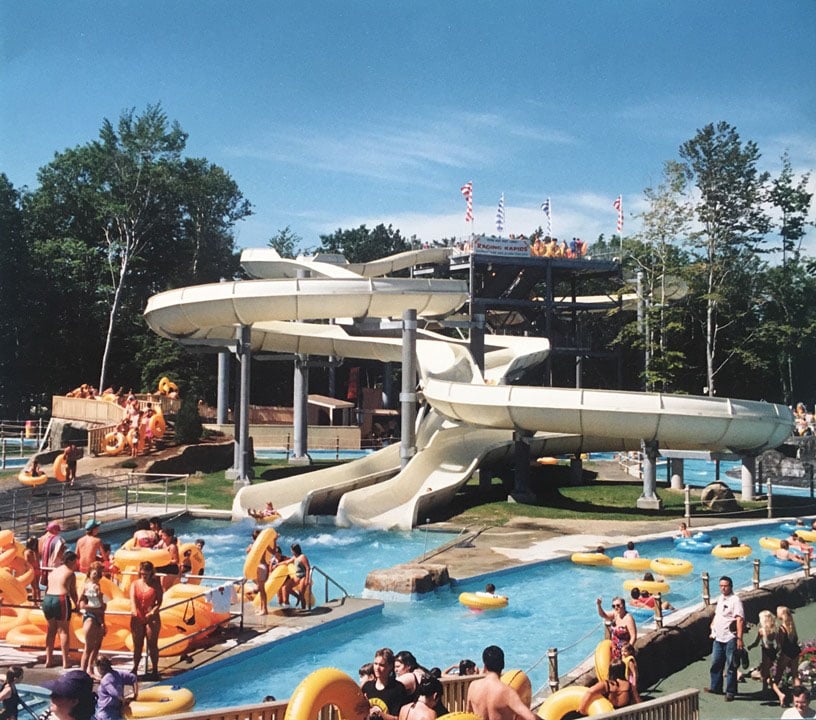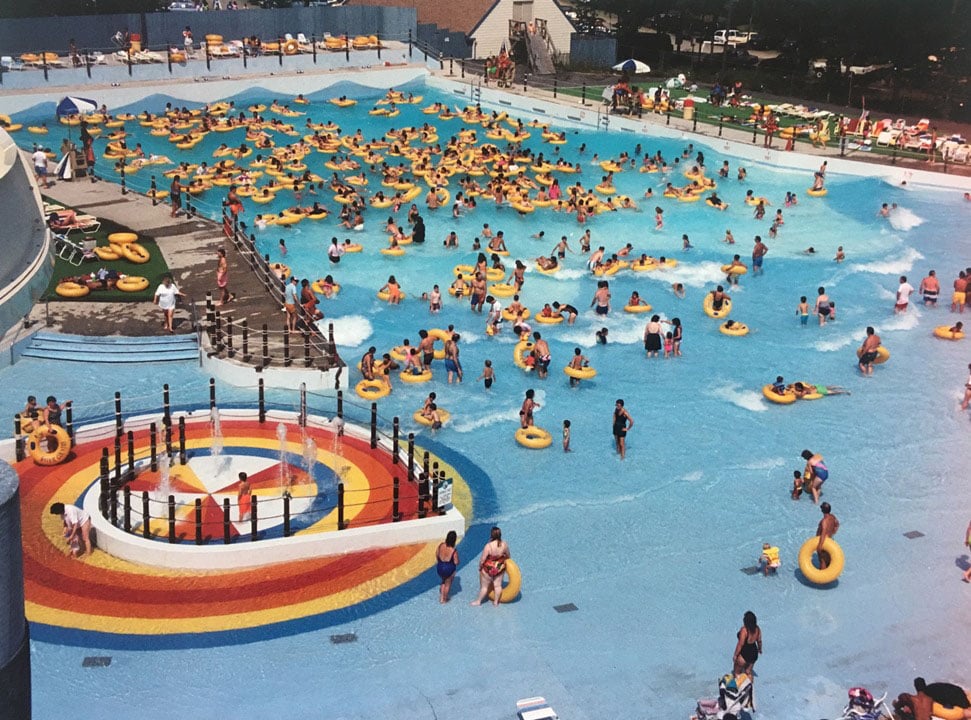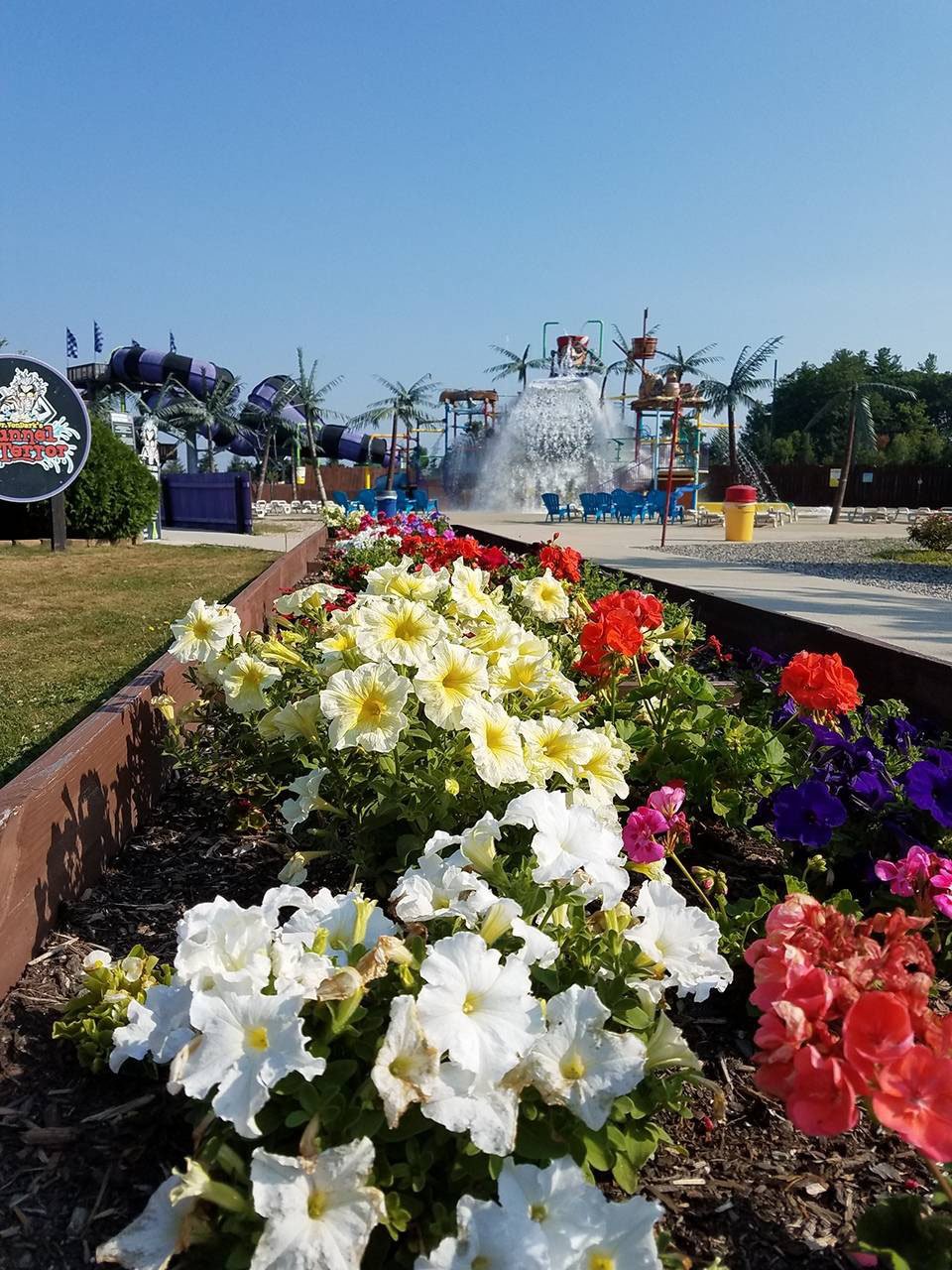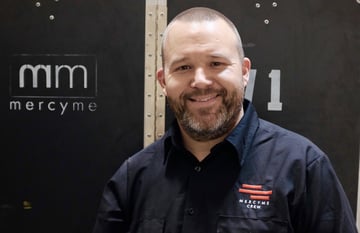— A combination of RF Venue Diversity Fin™ and CP Beam® antennas assures an uninterrupted wireless signal for announcements, paging, and music at New England's largest waterpark —

Ashland, MA, USA, December 8, 2022 — Located in Portsmouth, New Hampshire, Water Country is New England's largest waterpark. Venue attractions include more than a dozen water slides, among them “Double Geronimo,” a 56-foot side-by-side freefall slide; a 700,000-gallon wave pool (the largest in the region); and several water playgrounds. Approaching its 40th anniversary in 2024, Water Country is 26 acres of family-friendly summer fun. However, getting all of the necessary audio around the park – including announcements, life-safety messaging, paging and music – initially meant a lot of copper wiring, and over the years much of that cabling had been interrupted by construction and other structural repairs. This summer, Portsmouth-based Williams Communications Services undertook a complete updating of Water Country’s audio infrastructure, including new One Audio pole-mounted speakers and new amplifiers and processing. Getting a signal from a comms building to the main building 800 feet away was a challenge, solved with antennas from RF Venue, a leading global manufacturer of antenna and RF communications wireless audio essentials. Williams installed a CP Beam circularly polarized antenna mounted 30 feet above ground and connected to a Sennheiser wireless transmitter with a line of sight to a Diversity Fin cross-polarized true-diversity receiving antenna coupled to a Sennheiser receiver. This combination, sold through retailer The Music People, provided the water park with uninterrupted audio throughout the season, completely drop-out free.

“Years ago, they had pipes between the main building and a secondary building where the telephone, music sources, and other technology systems were, and they used to transport those signals over copper,” explains Michael Demmons, Vice President of Williams Communications Services. “But over time, the pavement had been dug up several times and the wires were never fully replaced. It was really a situation well-suited for wireless, and the RF Venue antennas were the perfect solution.” Moving to a wireless setup also helped the venue in another way: it eliminated much of the damage potential caused by lightning strikes that would hit the cabling and send surges in both directions, damaging speakers, amplifiers and other electrical equipment. “Lighting strikes would regularly blow up the gear once or twice a year,” he says. “Now, the infrastructure is much more insulated from that.”

Demmons says the wireless solution worked so well that he’s planning on implementing another wireless connection at the water park next year, using the same CP Beam and Diversity Fin antenna combination, bringing audio to an area of the campus that had been too challenging to reach via wired speakers. “RF Venue just works,” he says. “Totally dependable, no drop-outs.”
More from the blog

From Modest Roots to Stages Worldwide: Navigating the Waters with MercyMe’s Daniel Martin

Basics of Wave Polarization Explained

The Myth of Half-wave Diversity Antenna Placement
Subscribe to email updates
Stay up-to-date on what's happening at this blog and get additional content about the benefits of subscribing.